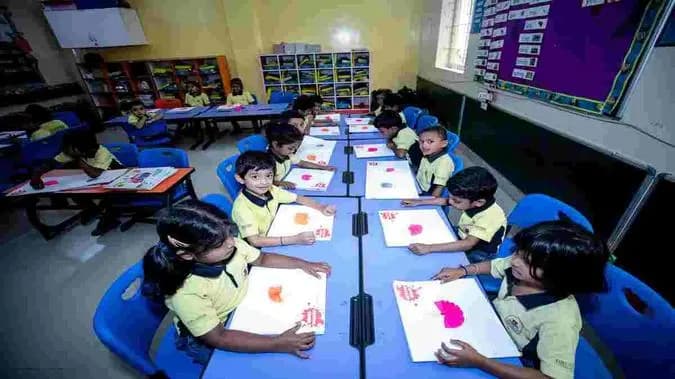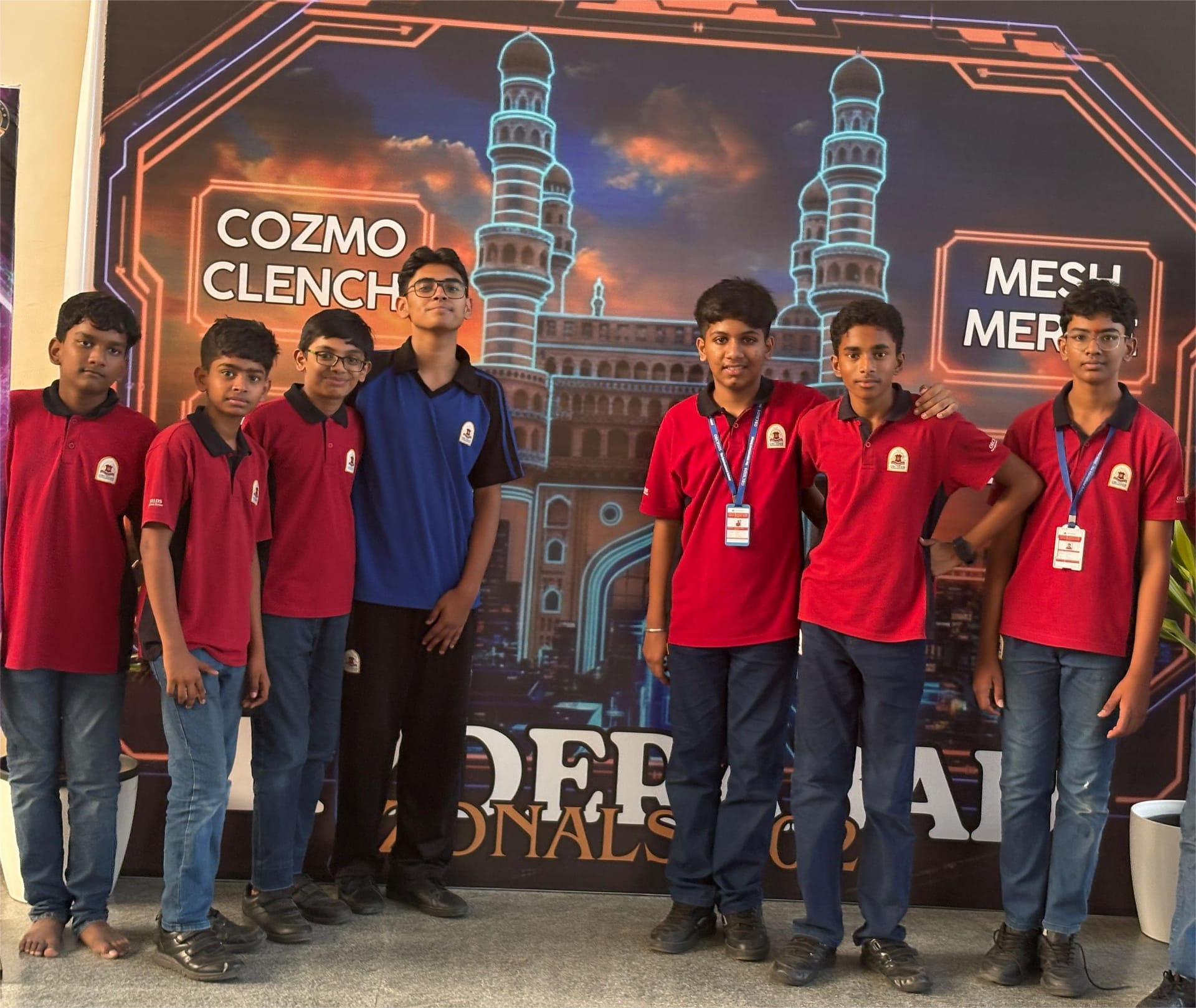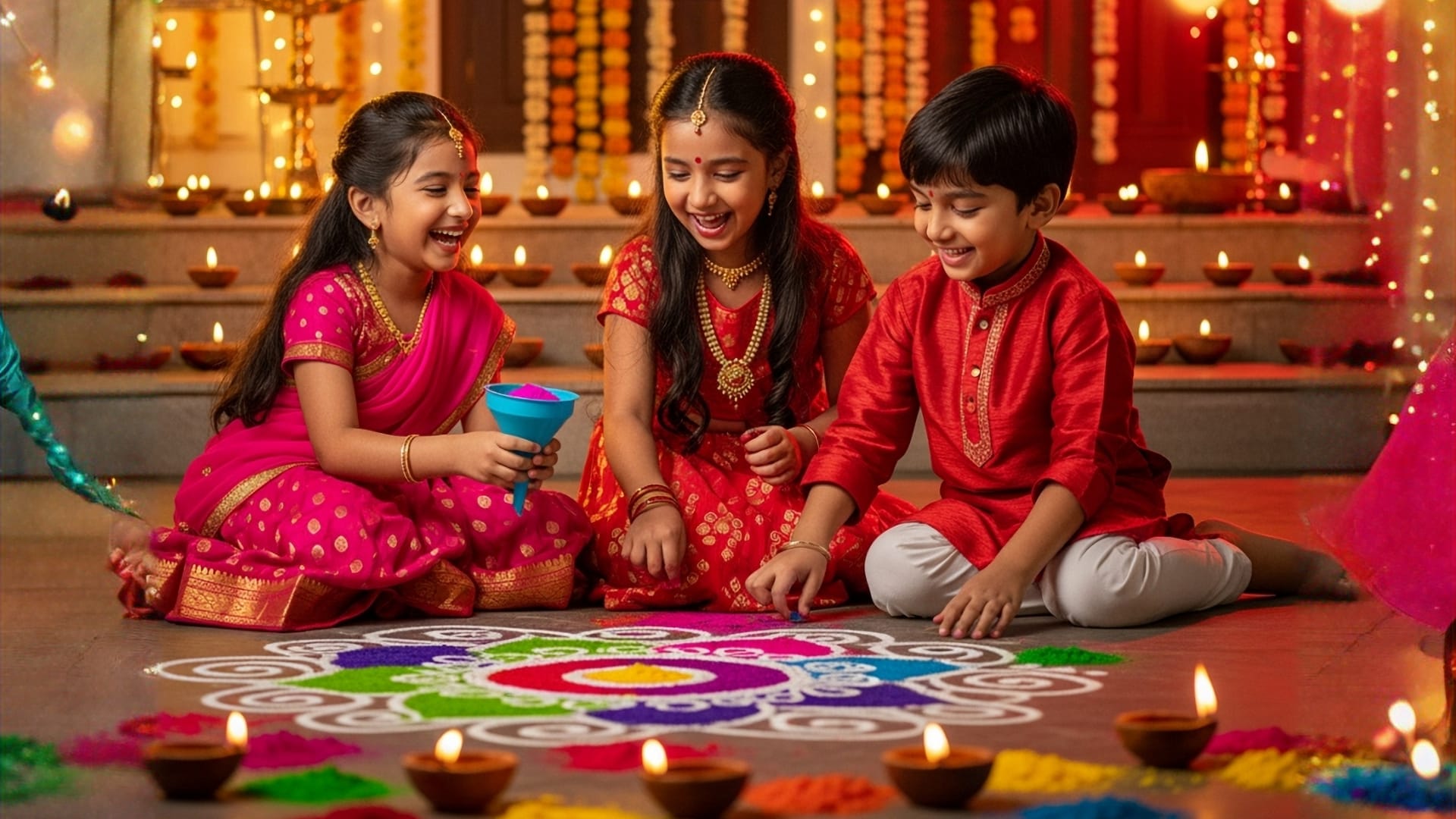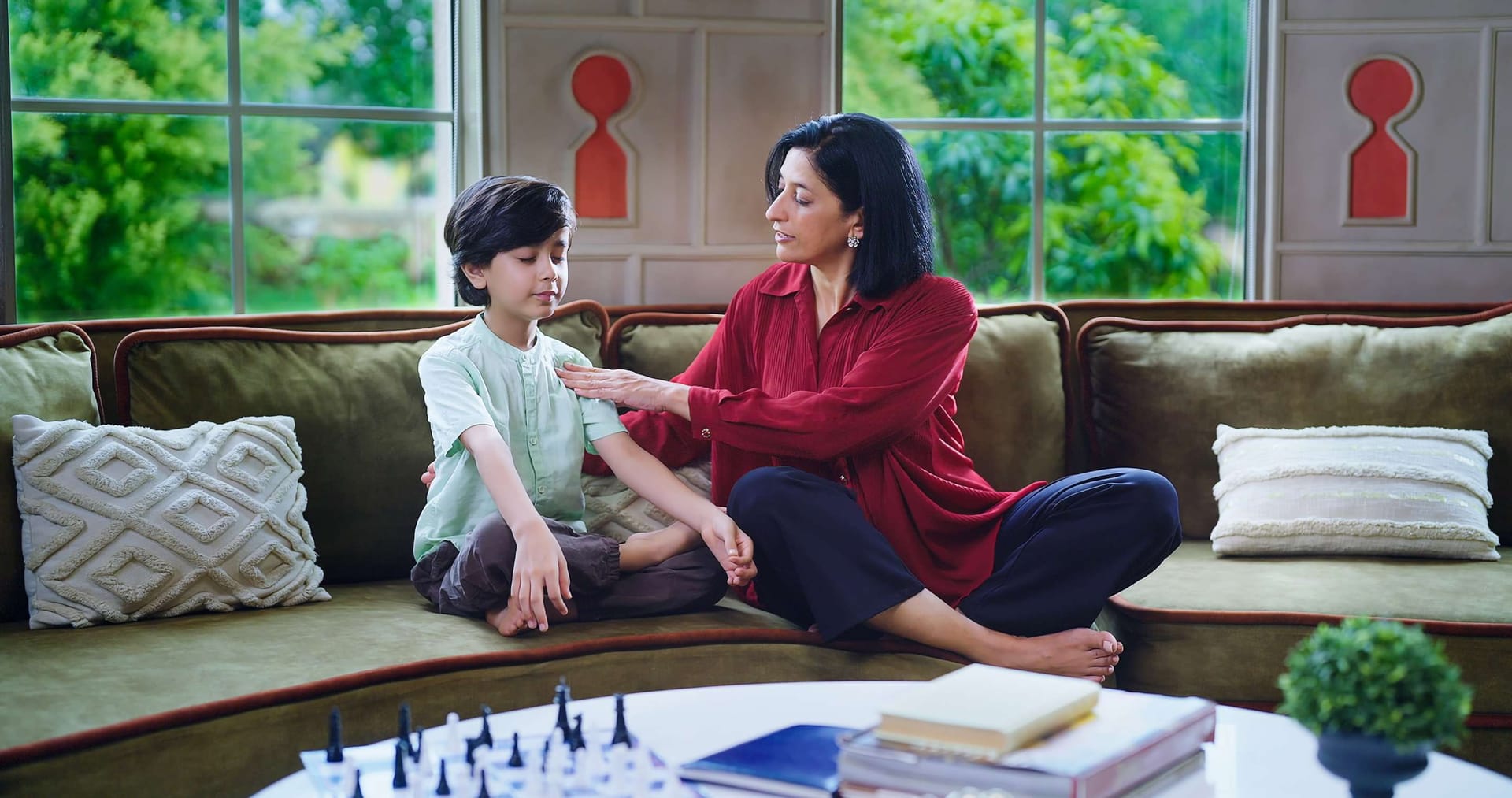Exploring Art History and Famous Artists
By Harshitha |
Date 07-08-2024

Table of Contents
- Introduction to Famous Artists and Their Masterpieces
- How to Teach Art History to Children in an Engaging Way
- Art Museums and Galleries Suitable for Kids
- Where Do You Actually Begin with Art History?
- Steps into Thinking About Art History
- History is Interpretation
- The Most Famous Artists of All Times
- Art History Brewing: The Future of Art History
- Conclusion
- FAQs (Frequently Asked Questions)
Admissions Open for
Art history is human creativity, cultural evolution, and historical context. It is the lens by which we may begin to understand our past, appreciate what works today, and inspire creatives of the future. In this overview, learn about famous artists and some of their renowned pieces, ideas for introducing art history to children, which art museums are kid-friendly, and how to get started exploring art history. Furthermore, it explains the interpretation of history, shows several of the most famous artists ever, and gives a bibliography with useful sources. Let us have an incredible journey into the worlds of art history.
.jpg)
Introduction to Famous Artists and Their Masterpieces
From the great world of art, many renowned figures have left us their works that inspire new generations. Let's go through some iconic artists and their masterpieces.
Leonardo da Vinci
Leonardo da Vinci was a great painter of his era. One of the most famous works by Da Vinci is the “Mona Lisa”. It became an emblem of sophisticated technique and the charming smile of the subject. His other very important work is “The Last Supper” which is considered among his most celebrated works.
Vincent van Gogh
Vincent van Gogh is a Post-Impressionist painter known for his color vibrancy. Starry Night, swirling skies and luminous stars, could be considered one of his most recognizable works, reflecting his unique artistic vision.
Frida Kahlo
Frida Kahlo is perhaps the most famed female artist who has gained specific interest in very personal and symbolic works. She becomes an iconic figure of modern art through her vivid representations to express identity and pain in her portraits, such as The Two Fridas.
Pablo Picasso
Pablo Picasso was one of the great inventors of modern art. Among his paintings, “Guernica” depicts the cruelties of war practiced by the Nazi forces during the Spanish Civil War. Among his other paintings, “The Old Guitarist”, “Harlequin with Glass”, “Boy with a Pipe” had gained great fame during the period.
Claude Monet
Claude Monet was a French painter, who tried to paint nature based on his perception. His paintings, “Impression, Sunrise” and “Woman with a Parasol – Madame Monet and Her Son” are considered among his best works.
How to Teach Art History to Children in an Engaging Way
If approached in an imaginative way, teaching art history to children can be wonderful. Here are some of the methods to learn about art history in a manner that is at once informative as well as entertaining.
Activity through Interaction
Engage children with activities such as drawing and painting in the styles of famous artists. For example, a Starry Night–inspired project by Van Gogh allows children to look into the color factors. Encourage them to redo their famous paintings; this will help develop creativity and a further understanding of the art.
Storytelling
Children love stories, and art history is full of them. Share with them the stories of Frida Kahlo or Leonardo da Vinci, not only the funny incidents about them, but also their success stories. Here again, by using children's books on famous artists, for example, on Kandinsky's abstract art, "The Noisy Paint Box," or "Frida Kahlo and Her Animalitos"—you can make these stories quite reachable and very engaging for them.
Art History Books for Kids
Introduce art history books to young children. For example, "The Art Book for Children" by Phaidon is an excellent general introduction to famous artists and their works, gloriously presented in both text and illustration to be at once informative and entertaining for young readers.
Museums and Virtual Tours
Organize visits to art museums and galleries that are appropriate for children. Oftentimes, interactive tours and workshops are provided for little visitors in these museums. Virtual tours can, on the other hand, let world-class art collections enter the classroom or domicile and be discovered by children wherever they might be.
Art Museums and Galleries Suitable for Kids
It is absolutely necessary to take children to museums and picture galleries so that their creativity gets raised, and a feeling for the study of art history gets generated within oneself. Some of the best options are:
Indian Music Experience Museum
The Indian Music Experience Museum is based in Bangalore, the first interactive music museum within India. It has immersing exhibits, a Sound Garden, and a Learning Center that have a Celebrity Tribute Gallery—elements that celebrate India's rich musical heritage. Through working with multimedia displays and participation activities, visitors engage with traditional and contemporary music at this very lively cultural center for music enthusiasts of all ages.
Chennai Rail Museum
The Chennai Rail Museum has exhibits on India's rail heritage through old vintage locomotives, coaches, and rail artifacts. It is located in Perambur and showcases interactive exhibits on display with a toy-train ride, capturing the insightful development of Indian Railways. It is a blend of history and technology that makes the museum an educational yet engrossing experience for visitors of all age groups.
NeverEnuf Garden Railway
Situated in Gurugram, NeverEnuf Garden Railway is a miniature land with model trains running on landscaped gardens. The 30,000-square-foot section contains carefully laid-out designs of bridges, tunnels, and tiny villages with well-designed layouts. This unusual attraction is perfect for families and hobbyists who come to see this amazing blend of artistry with the engineering techniques par excellence that brings magic into railways on a small scale.
Pushpa Gujral Science City
Situated in Kapurthala, Punjab, Pushpa Gujral Science City is among the prime science centers dedicated to cultivating scientific awareness and education. Interactive exhibits include digital planetariums and thematic galleries on space, health, and technology. Surely, it's an ideal place for students and families to get involved in the engaging activities and demonstrations of the center, wherein science is depicted as something available to every age.
Where Do You Actually Begin with Art History?
Art history, naturally, is extensive and one could easily get overwhelmed. The following steps will hopefully make it easier to get into:
Find a Period or Style
Start with a particular era or style that interests you. Whether it is the Renaissance. The Impressionists, or Modern Art, focusing on an area can make it seem more doable. Reading about the style and the masterworks of the area serve as a good launchpad.
When in Doubt, READ It Out
Buy comprehensive overviews of art history. For instance, in "The Story of Art," E.H. Gombrich, you can read about general styles, personalities, and masterpieces. For a more detailed approach, it would be advisable to look into "Art Through the Ages", the review of art by Helen Gardne, which opens a more profound study of ballads.
Go To Museums and Galleries
Regular visits to museums and galleries further provide knowledge. The firsthand experience of viewing the artworks helps one to understand the techniques used in different artworks. The various museums and art exhibitions also assign guides and other programs to further elaborate on educating the audience.
Online Classes and Lectures
Try some online courses and lectures available on Coursera, Khan Academy, and edX—each of them provides a certain framework of academic information provided and expert insight into the selected field of art history. There are also online platforms with documentaries and accounts engaging in art history on YouTube.
Steps into Thinking About Art History
There are several ways through which one can conceptually develop an approach to art history. They include the following:
Observation
This demands that one create time for the observation of artworks, considering the components of composition, color, and technique. The eye is sharpened hereby, and appreciation for art is enriched. Take time and look at the different elements which compose a certain piece, reflect on what the artist has chosen.
Contextual Understanding
Understand the historical, cultural and social contexts of art making. This would give insight into the intention of the artists and the meanings they attach to their works. In some cases, that would lead to much that could be understood about what an artwork means or fulfills upon studying the period when it was created.
Critical Analysis
Critically analyze artworks with respect to symbolism, themes, and the styles of the artists. Comparison may point to unique features common to unique works on one hand and the general trend on the other. Ask what the piece is about: its subject matter, techniques used by the artist, and the message.
Interpretation
Interpretation means to make personal responses to the works of art. Engage your feelings, ideas, and thoughts that come up as you view, and allow for a much deeper connection with the pieces. Remember, very often that there aren't wrong or right answers; it is in your perception of art that enriches the appreciation of art.
History is Interpretation
Art history is full of not only facts but also inference. The art historians and art critics do analysis and inferences from their views and what information can be made available.
Interpretation through bias in Art History
Interpretations can be radically different. What for one historian is a symbol of power is, for another, a portrait of frailty. Different perspectives can bring new and interesting insights into familiar works.
Revision of Historical Arts
New discoveries, together with flaws made within the context of the changeable nature of societal values, can mean that art history is revised or rewritten. For example, contributions of famous female artists are now being recognized and celebrated after a long period of neglect. Similarly, the works of artists from diverse cultural backgrounds are gaining greater recognition and appreciation.
Personal Interpretation
Each viewer brings their disparate experiences and emotions into their argument when considering art interpretation. It is because these are personal links to the artworks, such that studying art history becomes something close to one's self, rewarding, and unmatched. You can uniquely bring your perspective to your understanding and appreciation of art.
The Most Famous Artists of All Times
There have always been some artists who, with their creativity and work, have left their mark on the pages of art history. Here are a few of the ones who are universally celebrated:
Michelangelo
Michelangelo was a leading Renaissance master, known for his sculptures of David and Pieta. His works reflect the ideals of beauty and humanism. The way Michelangelo identified the human form in such a manner that included its feeling has been an ongoing source of both inspiration and further enlightenment to artists and various other art enthusiasts.
Rembrandt
Known as the Dutch Baroque painter, Rembrandt created probably the most iconic portrait ever—that of The Night Watch—showing his exploration of the human situation and all its complexities. Often in his works, one sees profound insight into psychology, deep understanding of the human condition.
Maqbool Fida Hussain
Maqbool Fida Hussain was a legendary Indian painter and filmmaker who has also been described as the "Picasso of India." He was born in 1915 and came into public notice for his vibrant, bold, and controversial works. His art ranged from Indian mythology to problems reflecting modern times. It is truly influential and thought-provoking works among the legacy left by Hussain.
Raja Ravi Varma
Raja Ravi Varma was a trendsetter among Indian painters, born in 1848. He used European techniques with Indian cases. The brilliant description of Hindu gods and epics by Varma brought mythological characters alive with details. Varma's work had a great impact on Indian art and culture. His prolific and iconic paintings made classical stories accessible and available to the general public across India.
Amrita Sher-Gil
Amrita Sher-Gil, a Hungarian-Indian famous female artist was born in 1913. The expressionist works, which she did with such brilliance, mixed Western styles with Indian themes dealing with feminine experiences and daily life. In these unique styles that Sher-Gil created and her influence on Indian art lie continuous inspirations for children and people of all ages.
Art History Brewing: The Future of Art History
Art history changes uninterruptedly with new discoveries, new technologies. It holds great promise in its future.
Digital Archives and Resources
Digitalization has opened this discipline to the public more than it ever was. Online platforms put artworks from museums in all parts of the world at people's feet, democratizing the access to art history as never before.
Interdisciplinary Approaches
Increasingly, today, art historians work in conjunction with specialists in other areas—anthropology, sociology, digital humanities—to gain new insights into artworks and their contexts.
Art History Books and Publications
New books on the history of art emerge, enabling new, freshly minted perspectives and rediscoveries of unknown or overlooked artists and movements, contributing to a more inclusive and complete understanding of the history of art.
Conclusion
Art History—a subject so multitudinous and vastly intricate that options for research and dissemination are plentiful—from famous artists and their works to engaging children with art history, making a visit to child-friendly museums, or understanding how the art is sorted out—there is always something more to learn and appreciate. Start your journey of discovery in the arena of art history, and let masterpiece works from the past inspire your present and future.
FAQs (Frequently Asked Questions)
Who is the father of Art history?
Giorgio Vasari, the famous Italian painter, is regarded as the father of art history as his book “Lives of the Most Eminent Painters, Sculptors and Architects” is considered as the greatest book on the history of art ever written.
Who is the most important artist in the history of painting?
Among the famous artists in the history of painting, Leonardo Da Vinci is looked upon as a genius for his collective works and for his contribution to the subsequent generation of artists.
Which are some of the children’s albums by famous artists?
The 1995 album”Pieces of You” by Jewel, the “Man in Black” by Johnny Cash, the “Not for kids only” by Jerry Garcia, the “Dedicated to the One I Love” by Linda Ronstadt, the “Lullaby Girl” by Lisa Loeb are some of the famous children’s albums by famous artists.
Name some children's books about famous artists?
“The Fantastic Jungles of Henri Rousseau” by Michelle Markel, “Action Jackson” by Jan Greenberg, “The Great Wave: A Children’s Book Inspired by Hokusai” by Veronique Massaenot, “Keith Haring: The Boy who just kept Drawing” written by Kay Haring are some of the most popular children’s books about famous artists.
Share this article with your art-loving friends and help us spread the word!
Related blogs:
Exploring Art History and Famous Artists: Explore the world of art history and legendary artists—begin today!
Creative Writing and Storytelling: Discover the key to mastering creative writing and storytelling today!
Arts and Crafts Activities for Different Seasons: Explore various arts and crafts activities for every season with us.
CBSE Schools In Popular Cities
- CBSE Schools in Bangalore
- CBSE Schools in Mumbai
- CBSE Schools in Pune
- CBSE Schools in Hyderabad
- CBSE Schools in Chennai
- CBSE Schools in Gurgaon
- CBSE Schools in Kolkata
- CBSE Schools in Indore
- CBSE Schools in Sonipat
- CBSE Schools in Delhi
- CBSE Schools in Rohtak
- CBSE Schools in Bhopal
- CBSE Schools in Aurangabad
- CBSE Schools in Jabalpur
- CBSE Schools in Jaipur
- CBSE Schools in Jodhpur
- CBSE Schools in Nagpur
- CBSE Schools in Ahmednagar
- CBSE School In Tumkur

Call Us to know more about Orchids
Swipe Up
















